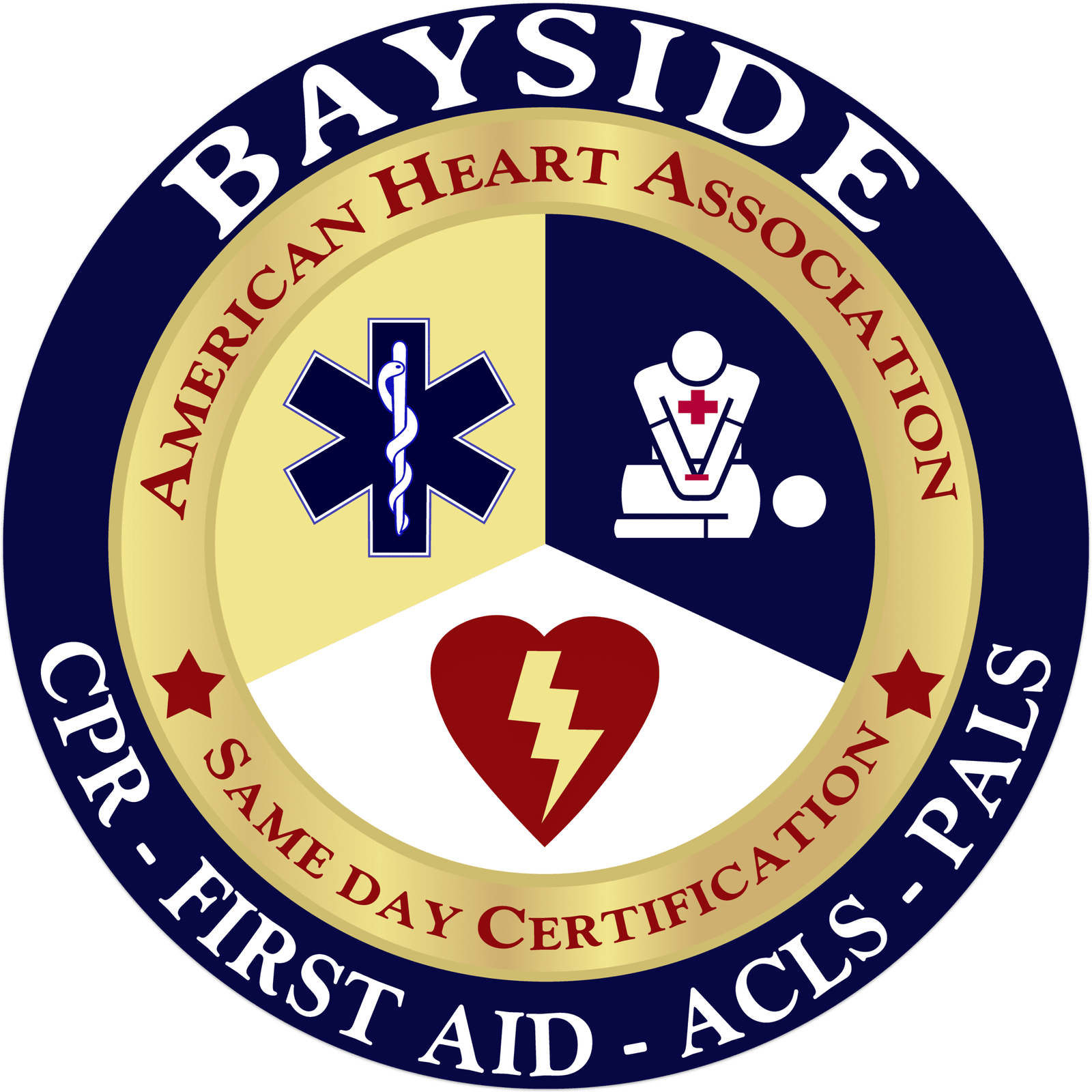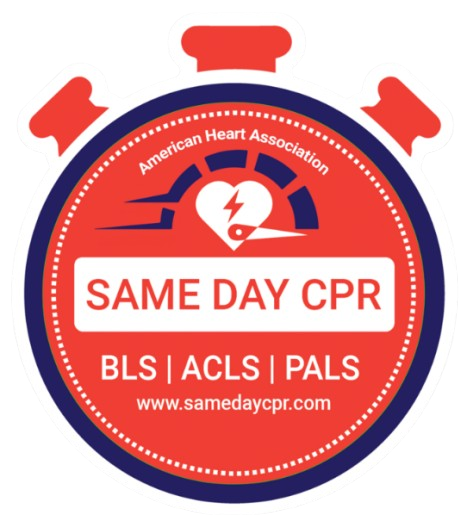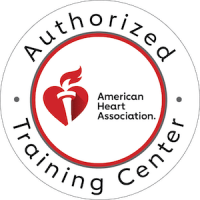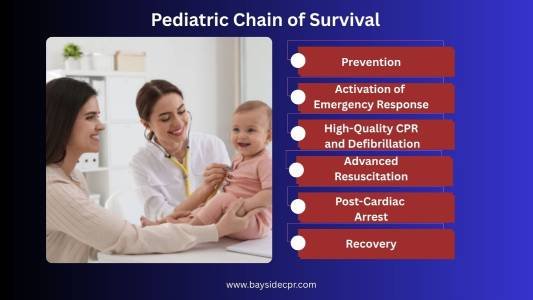
Author Archives: Kyle Hastings

The Pediatric Chain of Survival: A Lifesaving Guide for Children’s Emergencies
The Pediatric Chain of Survival for BLS is a straightforward, step-by-step approach, often referred to as the pediatric cardiac arrest algorithm, to help children in emergencies, especially during cardiopulmonary arrest or breathing problems. It star...
Read More ›
What Roles Does ECPR Fill in the Management of Cardiac Arrest?
Cardiac arrest occurs when the heart suddenly stops pumping blood effectively, and quick action is crucial to saving lives. The reversible causes of cardiopulmonary arrest include hypoxia and hypovolemia. Traditionally, CPR is used to manually pump b...
Read More ›
What Does a Chest Compression Feedback Device Monitor During CPR?
High-quality chest compressions are a critical component of CPR, ensuring that oxygen continues to flow to vital organs. To aid rescuers in delivering optimal compressions, chest compression feedback devices have been developed. These valuable tools ...
Read More ›
How Is CPR Performed Differently When an Advanced Airway Is in...
CPR, or cardiopulmonary resuscitation, is a life-saving technique that helps keep blood and oxygen flowing through the body when someone’s heart stops beating. It incorporates chest compressions with rescue breaths to support circulation and oxygen...
Read More ›
What are you Legally Required to do Before You Touch a...
When you’re responding to an emergency like cardiac arrest, myocardial infarction, someone collapsing, or a person in shock and decide to help them with CPR & first aid, there’s an important step you need to take before you touch them...
Read More ›
Shock: Causes, Symptoms, and Medical Treatment
The word “shock” has two different meanings in Psychology: Shock is an emotional response to a traumatic event, like sudden grief or fear, that leaves someone feeling numb or overwhelmed. Physiology: Shock is when your body doesn’t ...
Read More ›

